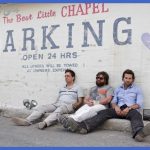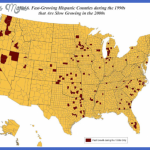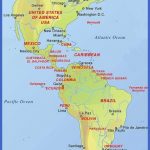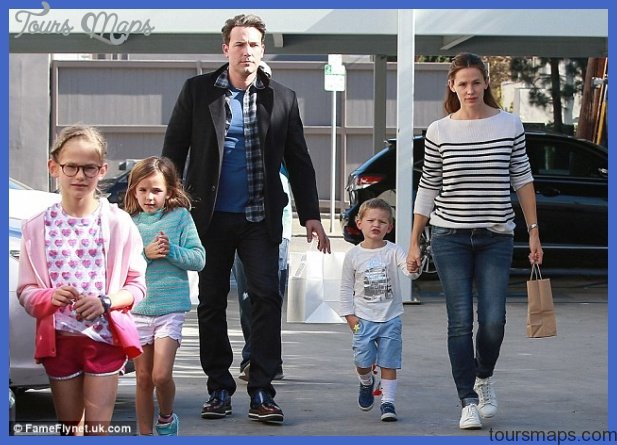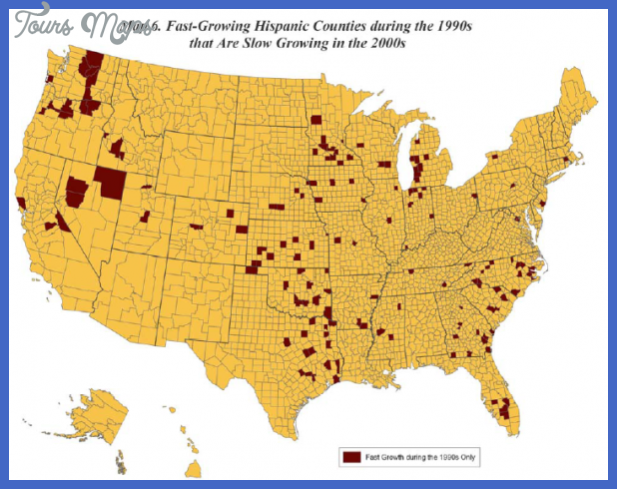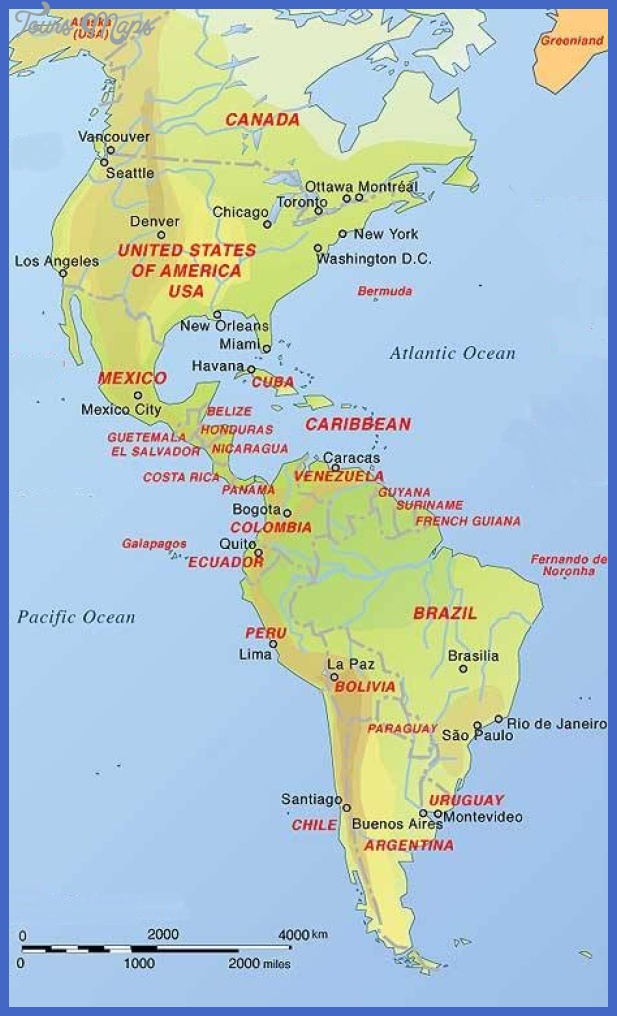Garces, Father Francisco (1738-1781). Father Francisco was the Spanish chronicler for the De Anza expedition and one of the first Europeans to set foot in what is today the state of Nevada in 1776. The expedition explored the area from Sonora, Mexico, to the Colorado River at Yuma, Arizona. From there the expedition worked its way along the river northward. It was Garces’s calculations, based on the position of the stars, that put the expedition approximately one mile across what is now Nevada’s state line.
Rivera, Rafael (c. 1811-c. 1861). Rafael Rivera was a Mexican scout for the Antonio Armijo Trading Party originating in Abiquiu, New Mexico. Out ahead of the trading party, Rivera scouted alone for 13 days. He covered hundreds of miles of desert, passing through the lands of several Indian tribes. He found watering holes, a crossing at the Colorado River, and a way for the trading expedition to safely traverse the desert wasteland to the Mojave River. Rivera went further north, toward the Vegas Wash, and southwestward, across the valley. He is thus credited with being the first Latino to see what was to be later called the Las Vegas Valley, where the city of Las Vegas now stands.
San Pedro, Manuel (c. 1820-c. 1881). Manuel San Pedro studied mining and business. He visited mines in South and Central America and in Mexico. During these visits he acquired considerable knowledge about mining operations. He arrived in Virginia City, Nevada, in 1861, worked a year in the Comstock mines, prospected in Humboldt County, and explored new mining discoveries along the Reese River and into Nye County. He is credited with locating the Esta Buena Mine in the Mammouth District, later becoming the owner of this ore-rich mine. As time went on, he became recognized as a mining expert and consultant, and his advice was sought concerning the investment and development of mining properties. San Pedro helped organize the Union Mining District and later founded the town of Grantsville, Nevada.
Maldonado, Gabriel (c. 1821-c. 1881). Gabriel Maldonado was the discoverer and coowner of the Mexican, the Ophir, the Gould, and the Curry mines, some of the largest
and richest of the Comstock Lode’s major mines. Maldonado developed a system for extracting ore that was more effective than techniques being used by other miners. Financial difficulties forced Maldonado to sell his shares of the mines to Alsop & Company in 1861. Until he did, however, Maldonado was regarded as one of the wealthiest men in Nevada.
Altube, Pedro (1827-1905) and Bernardo (1831-1916). The Altube brothers were Spanish Basques who left Spain in the 1840s and eventually established the Spanish Ranch (1871-1907), one of the largest ranching empires ever to exist in the state of Nevada. The Spanish Ranch employed many Mexican vaqueros and general laborers, and it contributed greatly to the development of Nevada’s ranching industry.
Aguilar, Bony (1830-1918). Bony Aguilar was a Mexican prospector who in 1870 built one of the earliest resorts in the state of Nevada. Following his pioneering and entrepreneurial spirit, he established a small resort and bathhouse that came to be known as Bony’s Baths. Word spread throughout the area about the curative qualities of the water at the resort. Aguilar also built a saloon. He prospered, and visitors came not only to soak in the hot baths but also to hear his tall tales. Aguilar was likely the harbinger for the tourism and entertainment industry in Nevada.
Winters, Rosy (c. 1840-c. 1882). Rosy Winters was a Latina who, with her husband, Aaron Winters, discovered the important chemical borax in the Death Valley in 1880. A wandering prospector with whom the Winters shared a meal revealed to them the site of what he believed to be a borax deposit. He described in detail the chemicals they would need to test for borax. He explained that borax would be present if a green flame appeared after the chemicals he mentioned were mixed and fired with alcohol. They followed his instructions and a green flame did appear, indicating the presence of borax.
Mendoza, John (1928-). John Mendoza, a Mexican American, was the first Nevada recipient of a scholarship to Notre Dame University. Later he became deputy district attorney, justice of the peace, Las Vegas city attorney, Juvenile Court judge, and District Court judge. He served selflessly on numerous community organizations, and in 1986 he became the first Latino honored as a Distinguished Nevadan.
Cortez, Manny (1939-2006). The Mexican American Manny Cortez was once considered one of the 10 most powerful and influential people in the state of Nevada. He was the president and CEO of the Las Vegas Convention and Visitors Authority, and he is credited with making Las Vegas one of the world’s most popular travel destinations.
Coffin, Bob (1942-). Latino on his mother’s side, Coffin, a Democrat, was elected to the state assembly in 1983, where he served until 1985. In 1987 he was elected Nevada state senator from District 10. He has been the lone Latino in the state senate for over 20 years now.
Sandoval, Brian (1965-). In 2002 Sandoval became the first Latino elected statewide to the office of Nevada attorney general. He became one of the youngest attorney generals in the United States. President George W. Bush said that Sandoval was a rising star
in the Republican Party. He was honored with the opportunity to address the 2004 Republican National Convention in New York. In 2006 he resigned as Nevada’s chief prosecutor to be sworn in as U.S. District Court judge.
Kihuen, Ruben (1980-). Born in Guadalajara, Mexico, in 1980, Democrat politician Kihuen’s family arrived in Las Vegas in 1993. In 2006 he became Nevada’s first recently arrived Latino migrant to be elected for the Nevada state legislature.
Nevada notable latinos Photo Gallery
Maybe You Like Them Too
- The Best Cities To Visit in The World
- World’s 10 Best Places To Visit
- Coolest Countries in the World to Visit
- Travel to Santorini, Greece
- Map of Barbados – Holiday in Barbados


